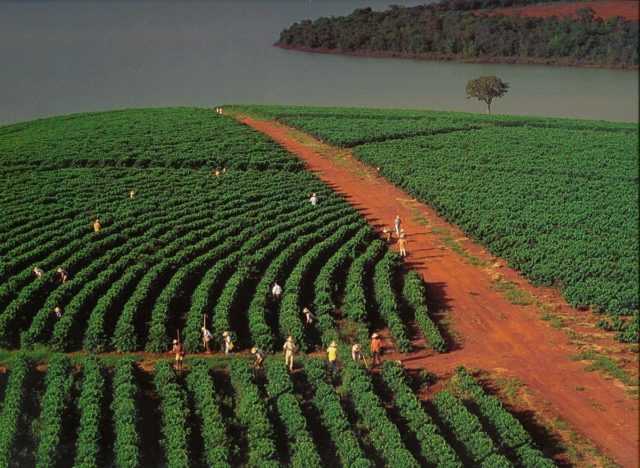Favorable weather to the development of the 2018/19 crop in Brazil and the positive biennial cycle of coffee crops should result in an output similar or even larger than that in the 2016/17 season. In this scenario, domestic and international coffee prices may drop in 2018.
As for the 2017/18 crop, despite lower supply in Brazil, due to the negative biennial cycle, coffee berry borer and smaller screen, availability should be higher in the main arabica and robusta producing countries.
According to the USDA, production should increase slightly in Colombia, totaling 14.7 million arabica bags. In Vietnam, the weather favored the recovery of coffee crops, which should produce 29.9 million robusta bags.
On the other hand, global inventories should be smaller, since consumption might continue firm.
Thus, at the end of the 2017/18 season, inventories are estimated at 29.26 million bags, according to the USDA, 13.9% lower than in the 2016/17 season.
For Brazil, inventories at the end of the season are estimated at 2.56 million bags, 33.9% lower than in 2016/17. This scenario, in turn, may limit possible price drops along 2018.
Regarding the 2018/19 season in Brazil, although there are no official production estimates yet, the first speculations indicate that the crop should be good, and it may surpass the 51.3 million bags pointed by Conab for the 2016/17 season.
Despite the positive biennial cycle, the rain volume has been large since October, allowing fruitlets settlement and the beginning of beans filling in some regions.
For arabica, despite the initial concerns with flowering events, which were damaged in September by drier weather, the return of rains in October favored crop development. This scenario renewed expectations for a good production in 2018/19 and encouraged growers to advance with crop management.
As for robusta, favorable weather in the last months of 2017, mainly in Espírito Santo, allowed coffee crops, which had been damaged by the drought in previous years, to recover. Rains in December increased water reservoirs as well as soil moisture, bringing relief to growers and ensuring fruitlets settlement.
In Rondônia and Bahia, production in the 2018/19 crop is expected to increase as well. In these states, growers have not had problems with the weather and crops are at the beans filling stage.
Because of that, the amount of rains in January and February will be crucial for beans filling of both varieties. In December 2017, the World Meteorological Organization (WMO) indicated the formation of La Niña phenomenon, which should last until the end of the first quarter of 2018. Despite the possible consequences in Brazil, the WMO claims the phenomenon will be weak.


















